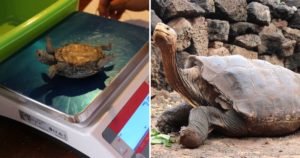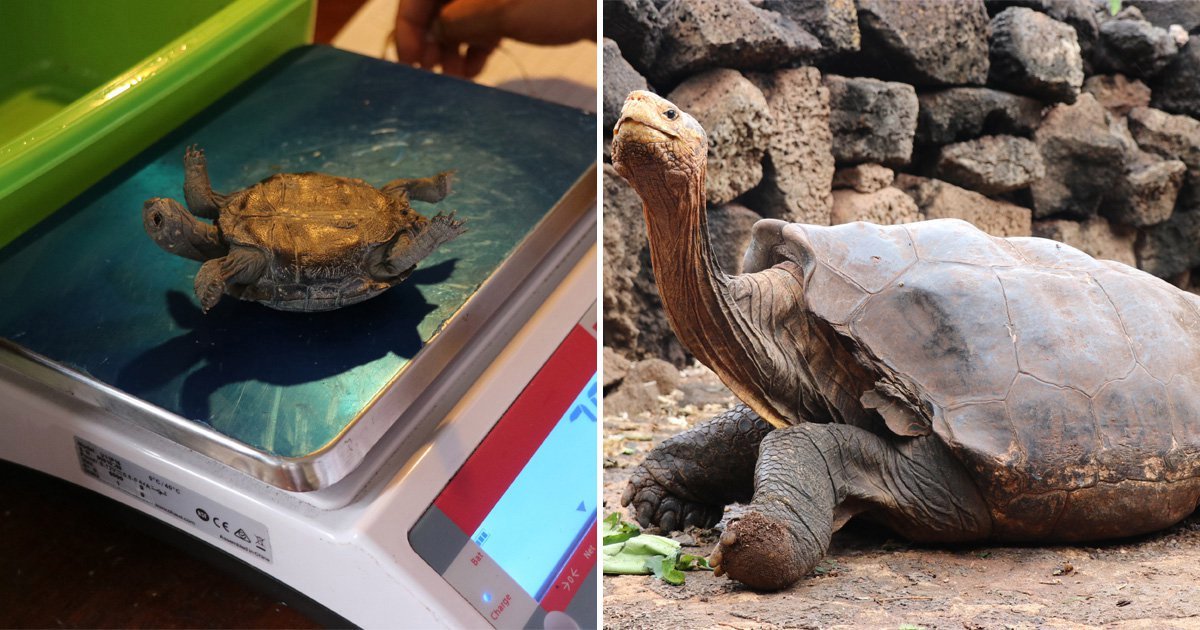
Giant Tortoise Fathers 800 Babies, Saving Its Species From Going Extinct
A giant tortoise fathered 800 babies, saving its species from going extinct.
Diego was one of a group of tortoise who was chosen in the 1960s to take part in a breeding program on Santa Cruz Island, which is located on the southwestern coast of California.

In the 1960s, there were only 2 males and 12 females of the same species as Diego.
Diego is a Chelonoidis Hoodensis, which is usually found on the island of Espanola in the Galapagos.
Diego was in captivity at the San Diego Zoo when he got selected to be involved in the breeding program.
50 years after the breeding program started, Diego successfully produced over 2,000 baby giant tortoises.
The Environmental Ministry of Ecuador decided to end the Giant Tortoise Restoration Initiative.
The Galapagos National Parks confirmed that the restoration initiative got successful.

Washington Tapia, the director of the Giant Tortoise Restoration Initiative, confirmed there were now sufficient conditions for the turtle population to return to normal.
Washington released a statement about the initiative.
Washington said, “Based on the results of the last census conducted at the end of 2019 and all the data available since 1960, both of the island and its turtle population, we developed mathematical models with different possible scenarios for the next hundred years and in all the conclusion was that the island has sufficient conditions to keep the turtle population that will continue to grow normally, even without any new repatriation of juveniles.”
Jorge Carrrion, the Director of the Galapagos National Park, said the breeding program has helped in balancing the ecosystem of the island.
Thanks to the giant breeding program, the population of the giant turtle went from 15 to 2000.
Jorge said, “In addition to the recovery of the giant turtle population, which went from 15 to 2000 thanks to this program, the management actions implemented for the ecological restoration of the island,”

He added, “such as the eradication of introduced species and the regeneration of cacti through Galápagos Verde 2050 project, have helped to ensure that the island’s ecosystems currently have adequate conditions to support the growing population of turtles.”
Diego is now 100 years old, and 40 percent of the tortoises on the island are related to him.
After more than 8 decades staying away from his original home, he and his 14 other comrades are set to return to their house.
The breeding program will release Diego and his comrades back to the wild, in Espanola, their island of origin, later this year.